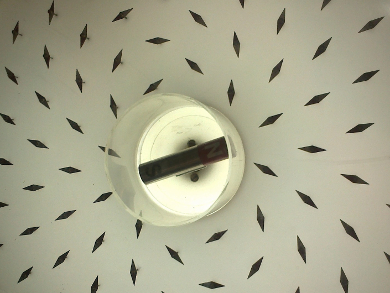Cultured cells usually grow in monolayers. However, three-dimensional cell assemblies can better simulate physiological conditions. Ishwar K. Puri, McMaster University, Hamilton, ON, Canada, and colleagues have developed the first contactless and label-free process to manipulate the 3D shape of cell assemblies on a macro scale. They used the difference in magnetic properties between diamagnetic red blood cells and a paramagnetic surrounding to achieve this effect.
The team placed neodymium magnets in different configurations around a vial containing human whole blood in a paramagnetic solution of gadopentatic acid (Gd-DTPA) in phosphate-buffered saline (PBS). They were able to generate cell assemblies in the shape of rectangles, stars, and spheroids. The difference in magnetic susceptibility of the cells and the surrounding solution causes the cells to move in the fluid and assemble in regions of lower magnetic field strength.
The process does not require nozzles, which are often used to create 3D cell structures but can cause contamination. According to the researchers, their contactless method for creating 3D cell assemblies could improve tissue engineering, cell-on-chip devices, and drug screening.
- In Situ 3D Label-Free Contactless Bioprinting of Cells through Diamagnetophoresis,
Abdel Rahman Abdel Fattah, Elvira Meleca, Sarah Mishriki, Alina Lelic, Fei Geng, Rakesh P. Sahu, Suvojit Ghosh, Ishwar K. Puri,
ACS Biomater. Sci. Eng. 2016.
DOI: 10.1021/acsbiomaterials.6b00614




